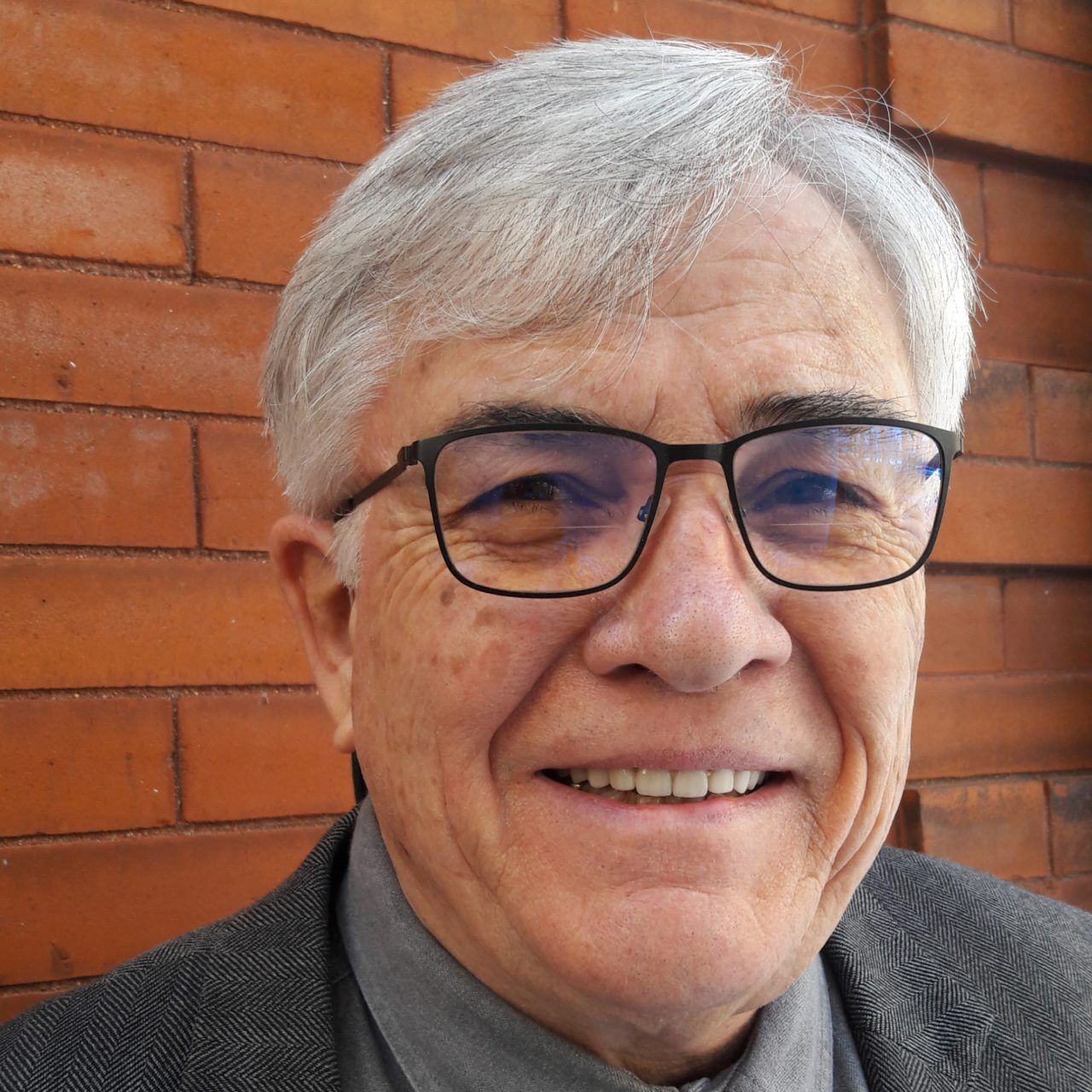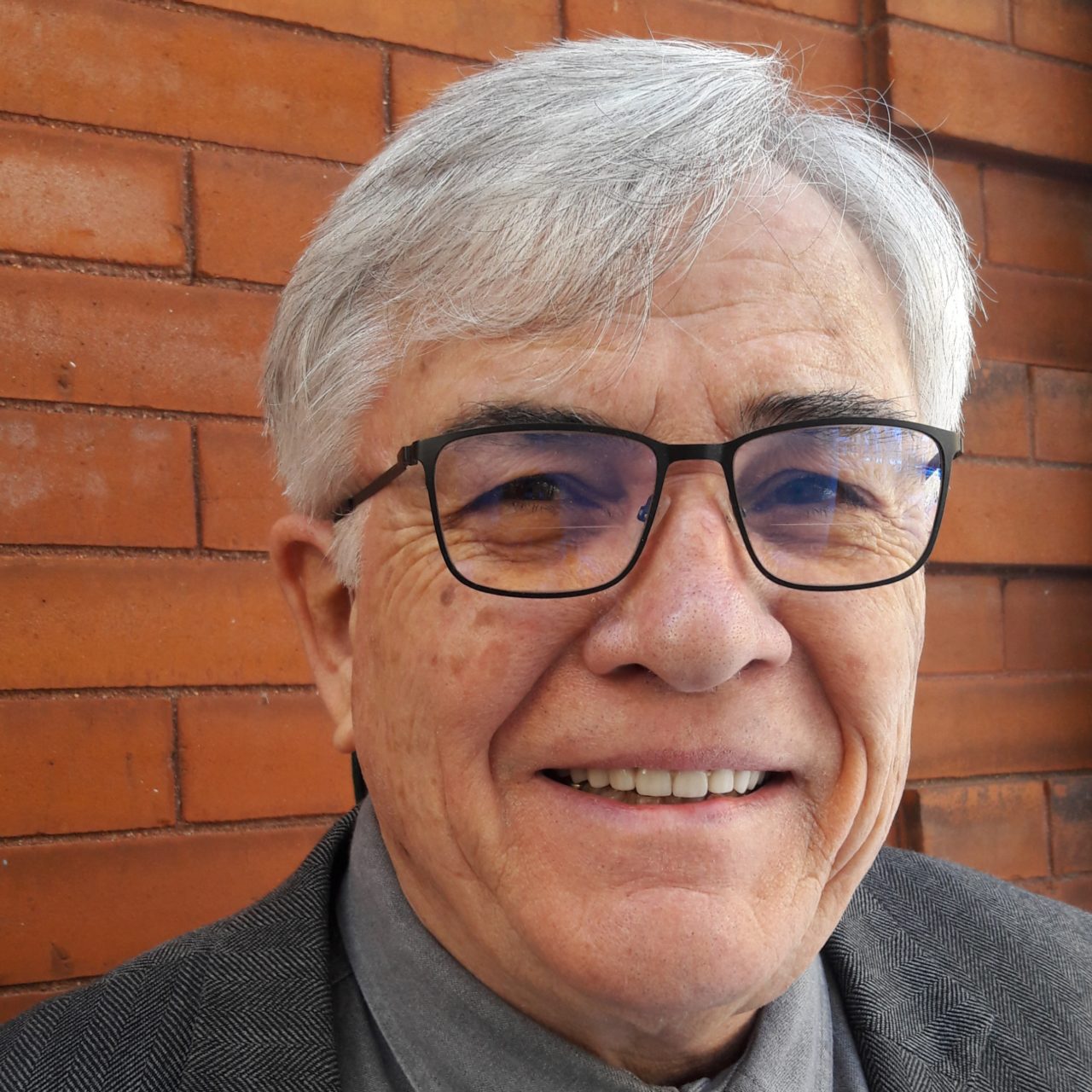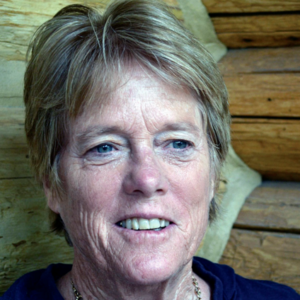HUDSON | Best climate hedge is funding CDOT


Natural systems, economic cycles, cultural fads, religious revivals and political preferences operate on internalized clocks whose workings are largely invisible, even when predictable. The specific trigger that initiates system change is often unknown. During the 1960s, both National Geographic and Scientific American devoted entire issues to the threat of an imminent Ice Age. These glaciations arrive, creating a ‘Snowball Earth’ phenomenon, at 40,000 and 100,000 year intervals. Recent Anthropocene climate warming is generally believed to have pushed this threat a half million years into our future. With the overwhelming majority of atmospheric scientists predicting an immediate threat to human civilization from a warming planet, it appears prudent to err on the side of caution by rapidly reducing CO2 emissions. Nevertheless, it would be wise to remain alert to the unexpected.
Contrarians speculate an ice-free Arctic ocean might pump moisture across the Northern hemisphere with the risk of creating near constant blizzard conditions. Some believe an icecap break-up could occur in as little as five years, but certainly before the end of the century. In 2019 the Legislature authorized a Green House Gas (GHG) emissions reduction program for all Colorado Department of Transportation (CDOT) projects with House Bill 1261. As well intentioned as the proposed GHG regulations under development at CDOT may be, they seem based more on faith than fact. Let’s begin with consideration of the $9 billion in delayed mobility projects that are currently awaiting funding, not to mention the additional $10 billion that have been recommended over the past twenty years
Since voters approved the TABOR amendment in 1992, the number of registered vehicles has doubled, the miles they travel have tripled, all while inflation adjusted transportation expenditures have plummeted by 60%. The GHG emissions reduction regulations required by the Legislature in HB 19-1261 forces all transportation projects to pass through a rigorous screening and mitigation process. Unfortunately, the clock on this process addresses a problem that will take half a century or more to resolve. Many of the highway and transit proposals that have been backlogged are urgently needed. Yet there is no proposal to waive any of these from a regulatory process that may further delay them for years.
The mitigation strategies suggested to offset GHG emissions are overly reliant on decisions that, while desirable, rely on dramatic behavioral changes from the driving public. CDOT anticipates a significant conversion of the state’s private fleet to electric vehicles before 2030. This demands the wholesale adoption of a technology facing severe deployment challenges well beyond the control of both CDOT and auto dealers. The proposed linking of future funding for regional transportation districts to their compliance with mitigation strategies that rely on public acceptance is a recipe for disaster. A frequent sunset review of GHG regulations should be built into CDOT’s proposal by the Transportation Commission, perhaps with a follow-up legislative approval. This amendment should be considered during the Commission’s Nov. 18 hearing.
Another example of mistaken reliance on public acceptance is the enthusiasm for autonomous control technologies that can enhance mobility for driverless cars. Traffic planners love its promise, yet surveys indicate only a handful of drivers express any willingness to purchase these vehicles. In addition, industry analysts estimate the artificial intelligence software for hands free operation won’t be perfected for another fifteen or twenty years.
It is likely true that many of the roadway expansions and interchange modernizations currently in CDOT’s queue will do little to reduce GHG emissions, but most of them address bottlenecks that are causing a substantial economic cost for commuters, their communities and public health. Modernizing the transportation grid is important, but not urgent. Accommodating Colorado’s recently arrived residents is urgent as well as important. We are nearly certain to increase reliance on rail transit technology during the remainder of the 21st century. But, just as with highways, they will require funding. Developing a reliable and permanent funding strategy for CDOT may be the smartest way to reduce our GHG emissions.
This past legislative session saw the passage of Senate Bill 260 which cobbles together new funding for CDOT. It establishes a bagful of fees on everything from gasoline to retail deliveries and rideshare trips. It then creates a half dozen TABOR enterprises to spend those dollars. The enabling legislation runs 160 pages and is a testament to the fiscal ingenuity of its sponsors, placing budgets where only an auditor can find them. Although this should provide full employment for Colorado’s transportation lawyers it’s no way to run a railroad. Applying GHG criteria to future projects makes sense. Creating hurdles for those already approved is a mistake. Synchronize those clocks.













